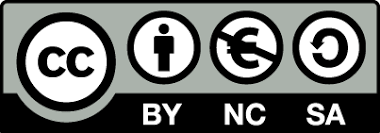Abstract
Objectives: This study aims to determine the maximum cost of HIV vaccination at which the vaccine is still cost-effective under the Thai healthcare setting and to identify the possible relative importance of several vaccine characteristics and subsequent impact of risk behavior changes among vaccine recipients. on its value for money.
Methods: A semi-Markov model was developed to estimate the relevant costs and quality-adjusted life year (QALY) over the patients’ lifetime based on the government perspective of providing prime-boost combination HIV vaccines (ALVAC-HIV® and AIDSVAX B/E®) in conjunction with the existing HIV prevention programs compared to existing HIV prevention programs. The analysis focused on the general population aged 18 to 30 years as well as high-risk populations (i.e. female sex workers, injecting drug users, men who have sex with men, and military male conscripts). Threshold analysis was carried out to determine the maximum cost of cost-effective HIV vaccination at a Thai ceiling threshold of 100,000 Thai baht per QALY gained. One-way and probabilistic sensitivity analyses were performed to examine the uncertainty of all input parameters. The study also employed an analysis of expected value of perfect information (EVPI) to determine the relative importance of input parameters and prioritize future HIV vaccines studies.
Results: The highest cost of HIV vaccination given to the general population was identified at 12,000 Thai baht with 70% efficacy, lifetime protection, and unchanged in terms of risk behaviour post-vaccination. The vaccine would be cost-ineffective at any price if it demonstrated relatively low efficacy (30%) and increased risk behaviours by 10% or more of the population. This is especially true among those high risk populations. This study also found that incremental cost-effectiveness ratios were the most sensitive to the change in risk behavior post-vaccination, followed by vaccine efficacy, duration of vaccine protection, and vaccine acceptance rate. The analysis of EVPI indicated the need to quantify several parameters, namely risk behavior changed post-vaccination, vaccine efficacy, and costs of community engagement and vaccine delivery.
Conclusions: The results are useful and important for both researchers conducting future HIV vaccine research, as well as policy decision makers who, in the future, will consider the vaccines adoption in Thailand.


